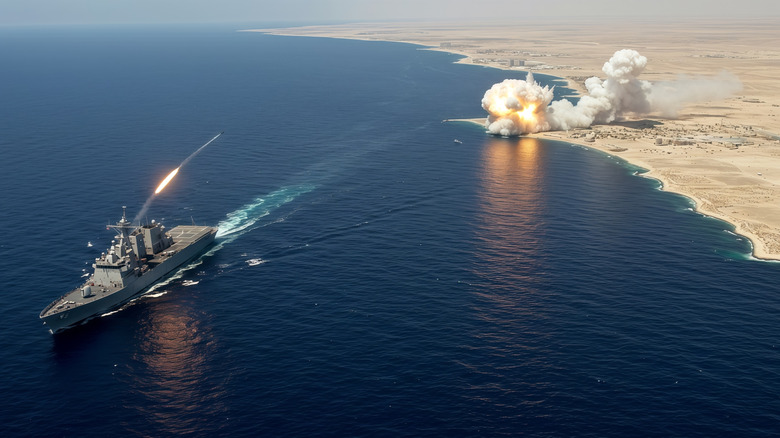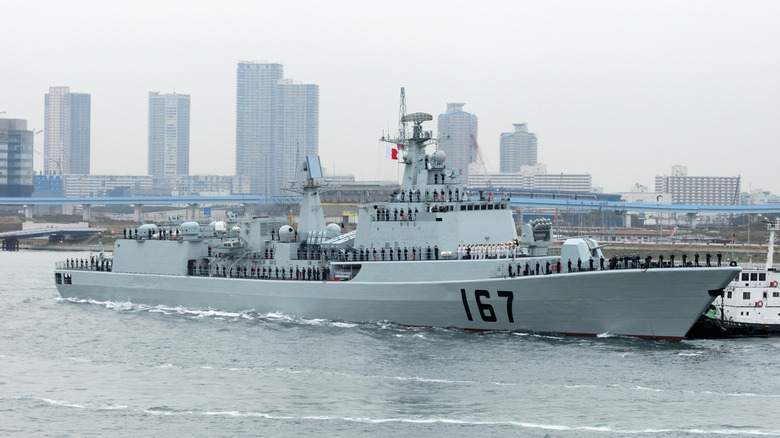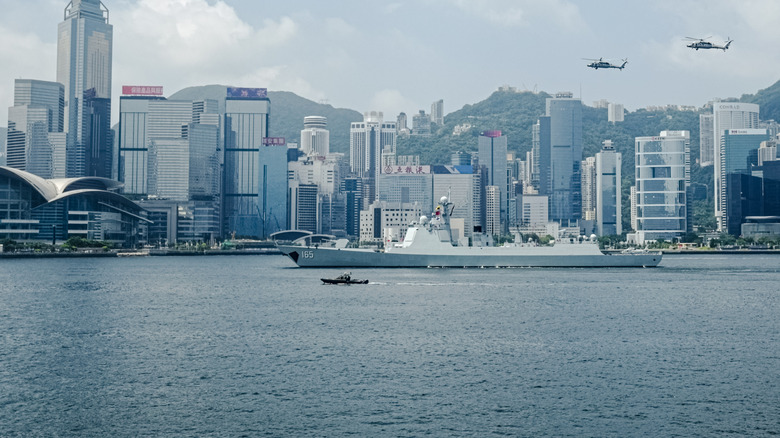Which Country's Navy Controls The Most War Ships?
For decades, the United States Navy has been seen as the symbol of global sea power. Its carrier strike groups, nuclear submarines, and advanced destroyers have operated across every major ocean, projecting America's naval strength worldwide. Yet when the question is asked strictly by numbers, that is, which country commands the largest fleet of warships, the answer is no longer the U.S, it's China.
As a result of years of rapid shipbuilding, the People's Liberation Army Navy (PLAN) has pulled ahead in sheer ship count. As of 2025, China is estimated to have more than 370 active warships, while the U.S Navy operates fewer than 300. This marks a dramatic reversal in naval strength by volume, driven by Beijing's ambition to dominate the South China Sea and expand its presence further into the Pacific.
However, numbers alone don't tell the full story. While the PLAN holds the title of the world's largest navy, the balance of combat power still tilts toward Washington. The U.S maintains unmatched experience, global bases, and a technological edge. Still, the fact that China now leads in numbers signals a new era at sea, where U.S supremacy can no longer be taken for granted.
How China built the world's largest navy
China's rise to the top of the global fleet count didn't happen overnight; it was the result of a deliberate strategy, backed by the world's most productive shipbuilding industry. Chinese shipyards today operate on a scale that U.S naval leaders openly admit they cannot match. Some of China's largest yards individually have more capacity than all of America's combined, allowing vessels to be made at a pace the United States simply can't replicate. For example, building a U.S aircraft carrier typically takes seven years or more, and delays often stretch that timeline even further, as is the case with the USS Enterprise, which won't launch for several more years. In China, the same type of ship can be built in four to six years.
Nearly 70% of the PLAN's current fleet has been launched over the past decade, making it not only the biggest, but also one of the newest. Many of its ships come equipped with vertical launch system (VLS) cells capable of firing anti-ship, anti-air, and even land-attack missiles. This is a type of modern missile system that you don't want to reload. By 2025, analysts estimate the PLAN deploys around 4,400 VLS cells, and that figure could double by 2035, bringing China to where the U.S Navy stands today.
China's navy isn't yet capable of global power projection but is rapidly closing the gap. Its growing fleet allows Beijing to exert stronger influence in regional waters like the South China Sea and put more pressure on the U.S. and its allies, but persistent weaknesses in some key areas still hold it back from true worldwide reach.
Why bigger doesn't always mean better
China's navy may be the largest by numbers, but not the most dominant. Quantity doesn't erase weaknesses in training, technology, and real-world experience. Unlike the U.S. Navy, which has fought and operated in conflicts for decades, the PLAN has not faced major combat since the 1979 Sino-Vietnamese War. Its carrier operations are still in their infancy, and many of its exercises are seen as heavily choreographed rather than battle-ready.
Technology issues further complicate the picture. Several of the PLAN's flagship Type 055 destroyers have suffered propulsion and systems malfunctions during deployment. Reports have also surfaced of mishaps during submarine operations, including an alleged catastrophic failure involving a Type 093 nuclear-powered submarine in 2023, an incident that raises questions about readiness and safety protocols.
Export history adds another layer of doubt. Algeria reported frequent malfunctions in Chinese-built corvettes, while Sri Lanka's Chinese-gifted P625 frigate faced repeated breakdowns. Even Bangladesh's purchase of Ming-class submarines, one of the oldest military submarines still in service today, revealed outdated systems and high maintenance costs. These shortcomings don't just erode China's credibility with partners; they highlight persistent flaws in manufacturing and design.
By contrast, the United States maintains unmatched strengths in submarine warfare and carrier operations, supported by a network of global bases and alliances. Its crews are trained in a way that results in a sense of readiness and flexibility that scripted drills can't replicate. Its platforms, from nuclear subs to carrier strike groups, have also been tested in real-world conflict. Despite China's numerical gains, naval supremacy still hinges on quality, experience, and trust. And on those fronts, Washington still has the edge.


